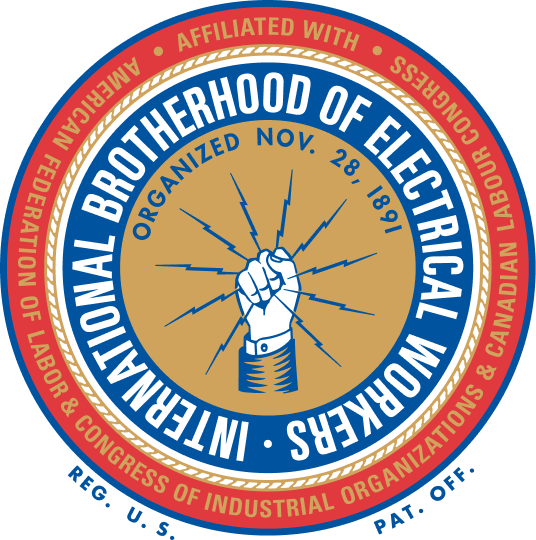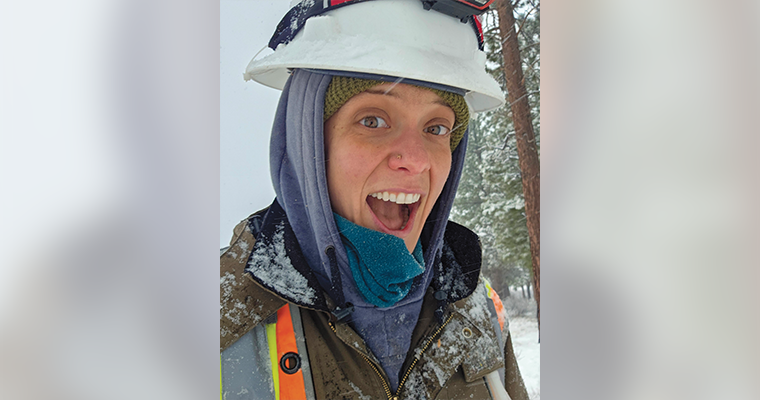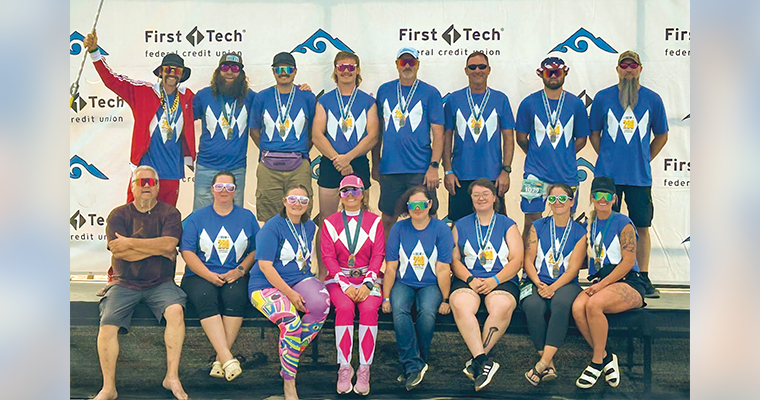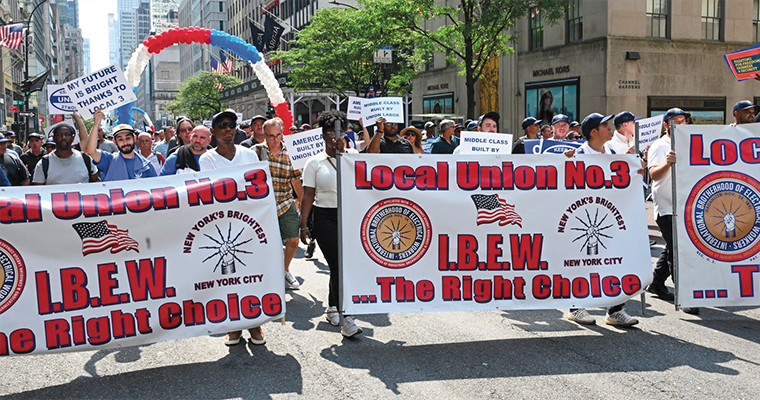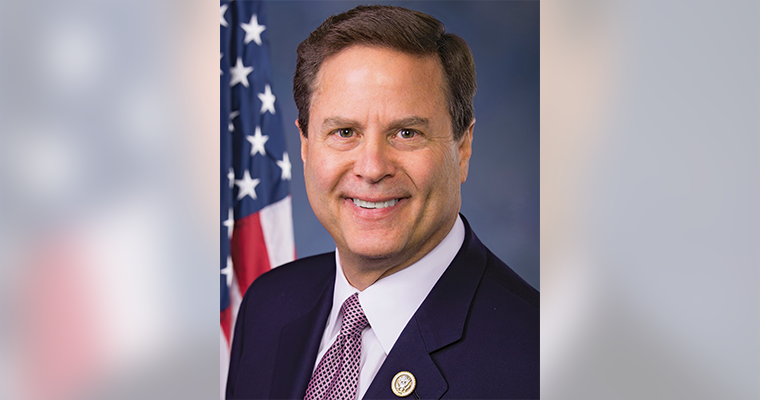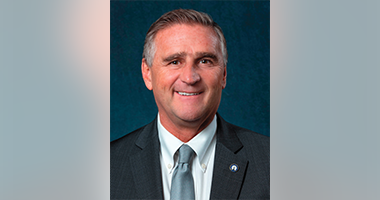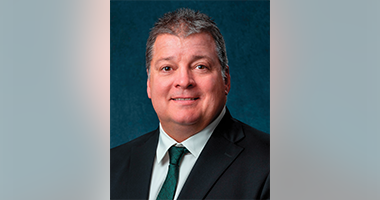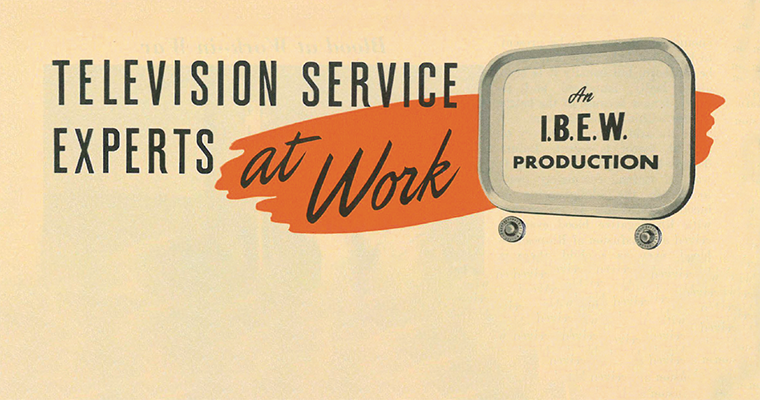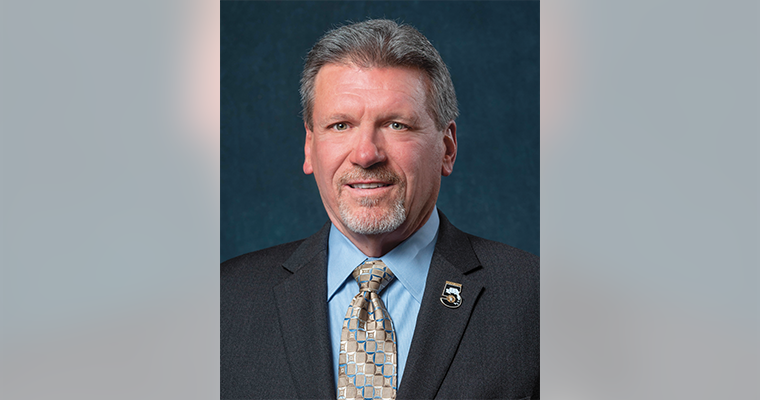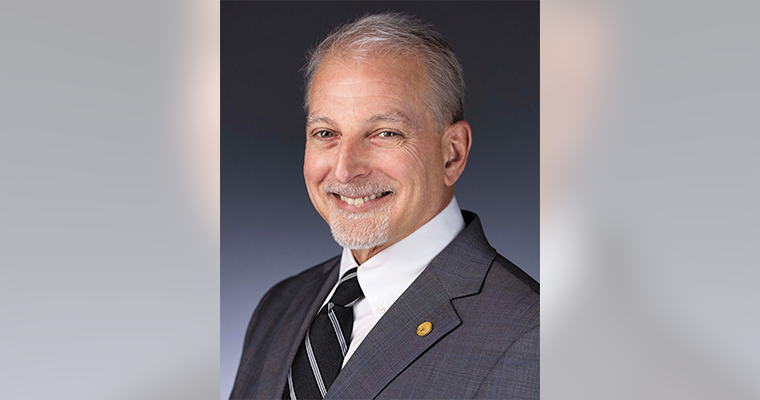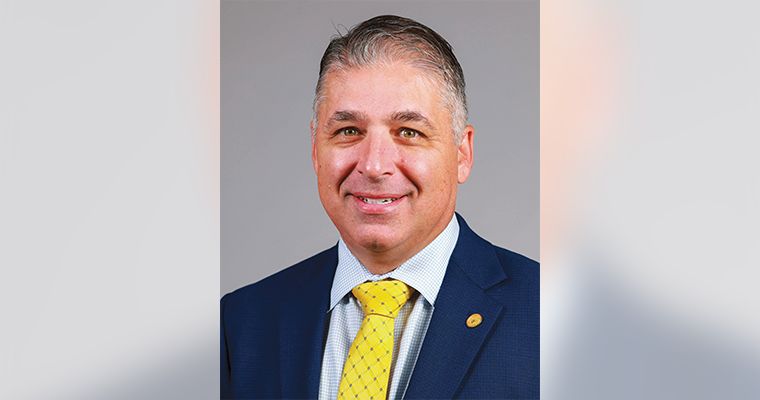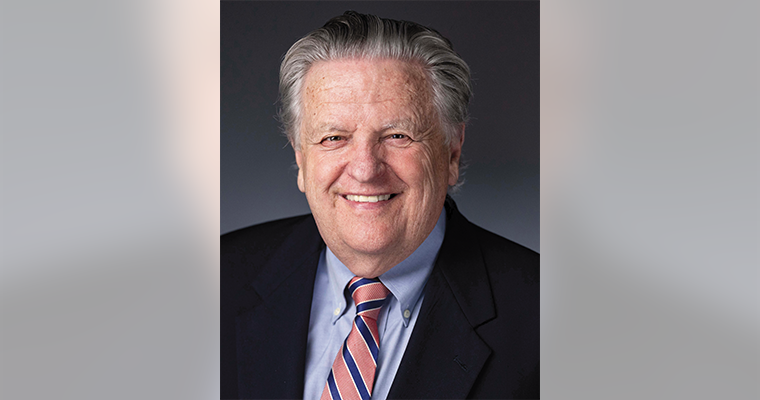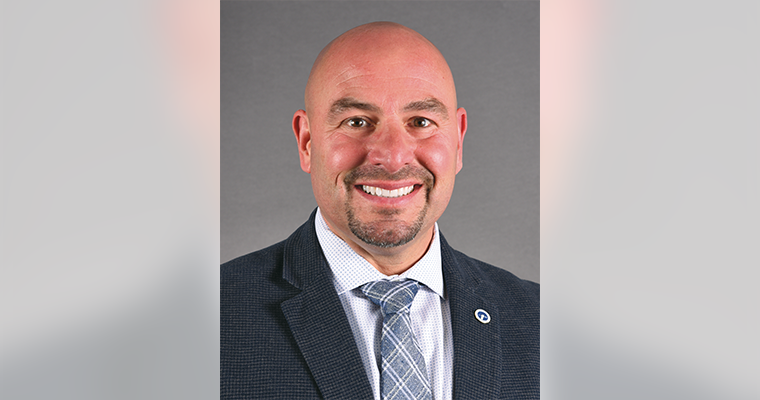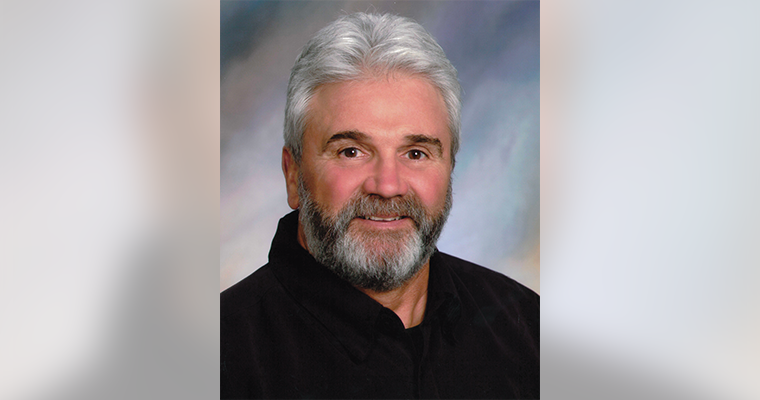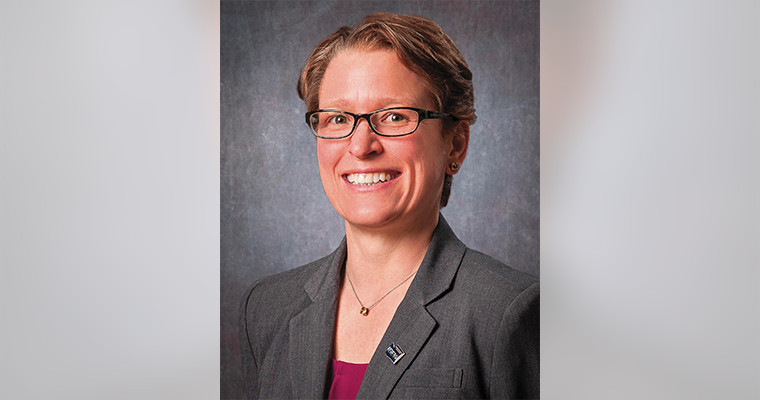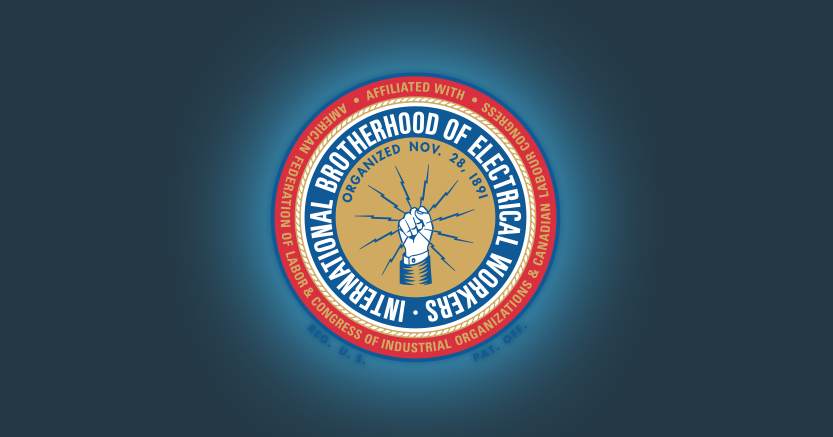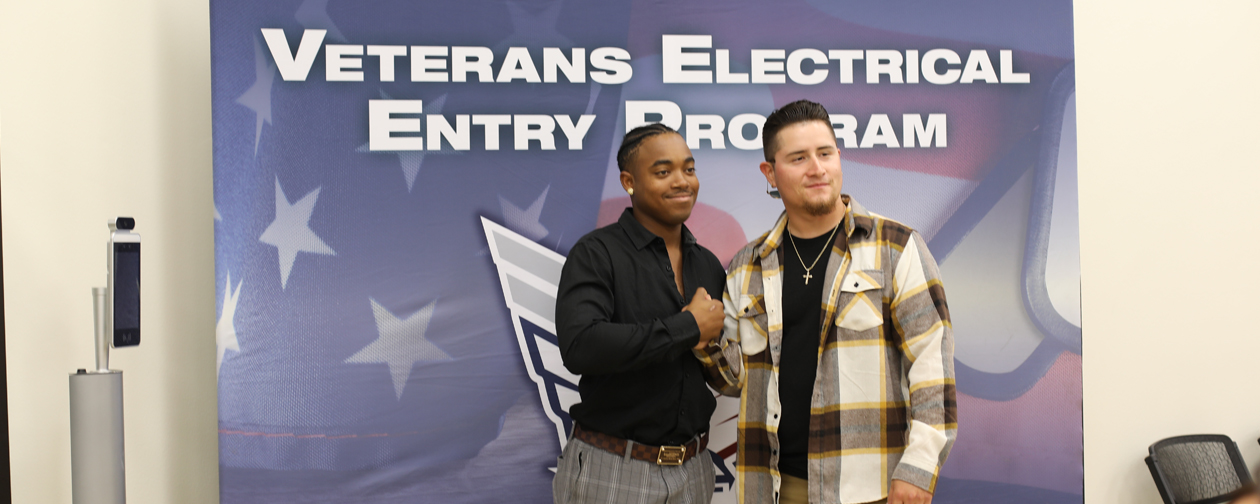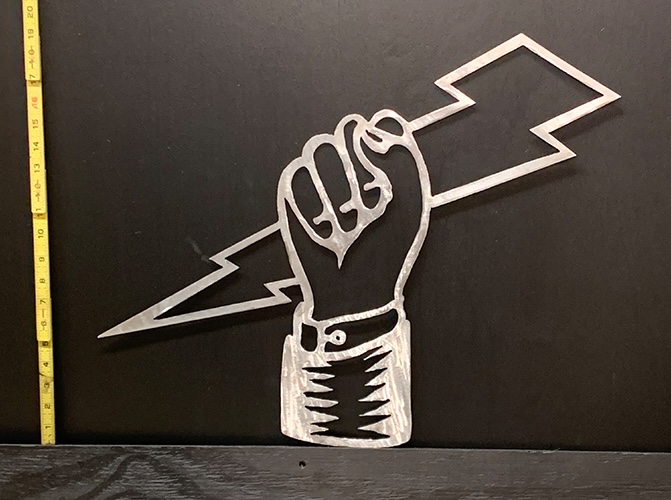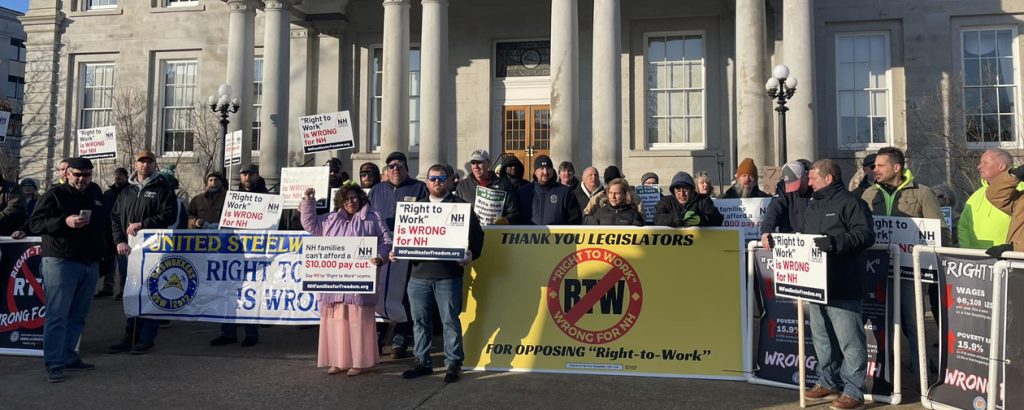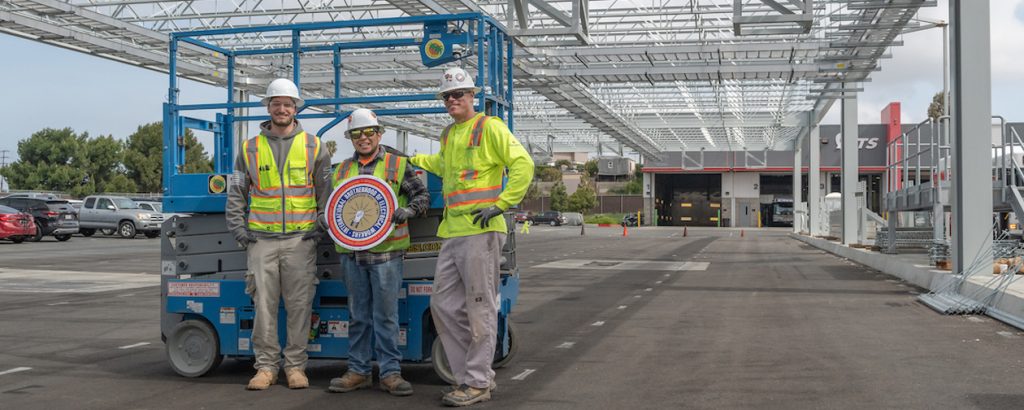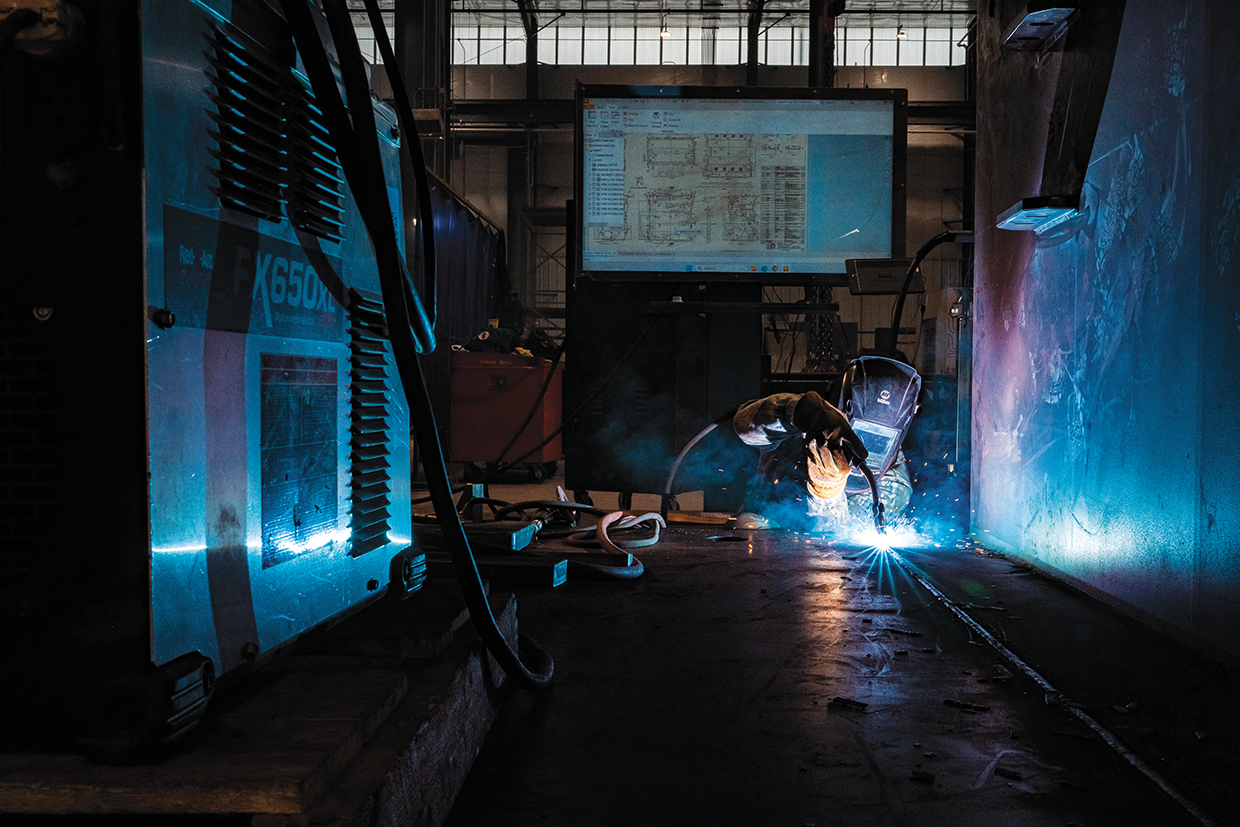
As worker power has declined over the past several decades, the idea of a blue-collar job as the foundation for a home, a family and a future can seem out of reach to many workers.
But deep in the foothills of the Blue Ridge mountains, a union-management relationship is swimming against a tidal wave of worker exploitation and showing a path to a better way.
Delta Star in Lynchburg, Va., employs several hundred members of Lynchburg Local 2173 and Vacaville, Calif., Local 1245 making medium-power transformers for deployment across the North American grid. And as it grows, it’s making sure its IBEW workforce is rewarded.
Demand for the company’s transformers is at the beginning of a seven-to-10-year expansion, said Delta Star Chief Operating Officer Michael Pearson, driven by the electrification of transportation and data centers and the end of life for thousands of transformers.
A recently completed, $36 million expansion moved the welders and machinists into a new 80,000-square-foot fabrication shop that will support the company’s plans to meet that demand. The new facility is the base of a new division, Delta Star Ironworks.
Manufacturers that haven’t moved overseas have been moving south for decades to so-called right-to-work states like Virginia, where workers can enjoy the benefits of collective bargaining without contributing their share of the costs. Many employers have used a proposed spinoff company or division as an excuse to avoid contracts, slash benefits and lay people off.
But that didn’t happen at Delta Star. New building. New company. Delta Star and employees extended basically the same contract, with incentives specific to their work, but they kept the same union-management relationship.
As Local 2173 Business Manager Jonathan Thomas put it: “It’s a partnership. There is no divide at all.”
And yet, only a few years ago, no one would have looked at Pearson or Thomas and called them champions for unionized factories.
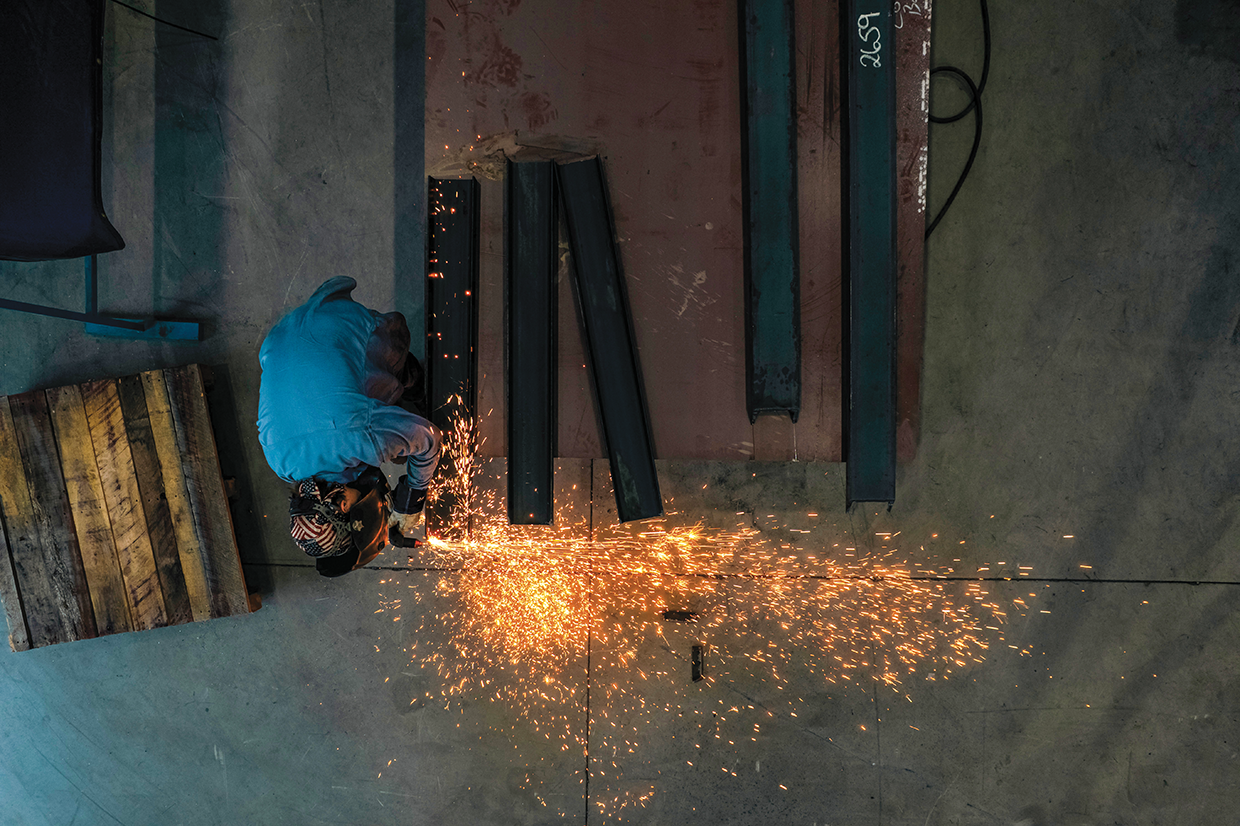
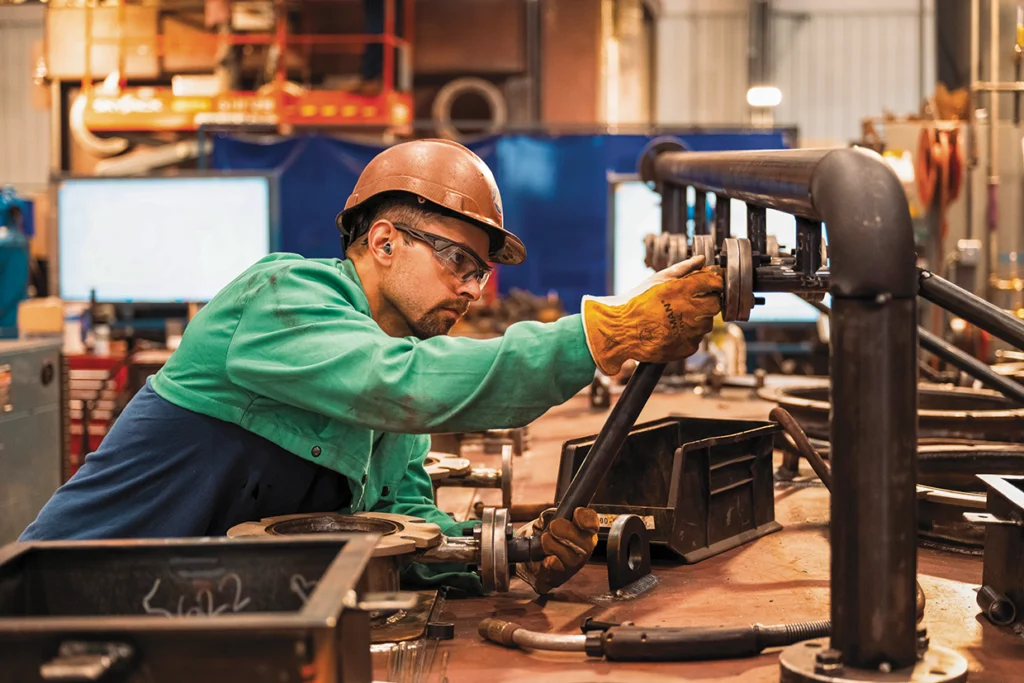
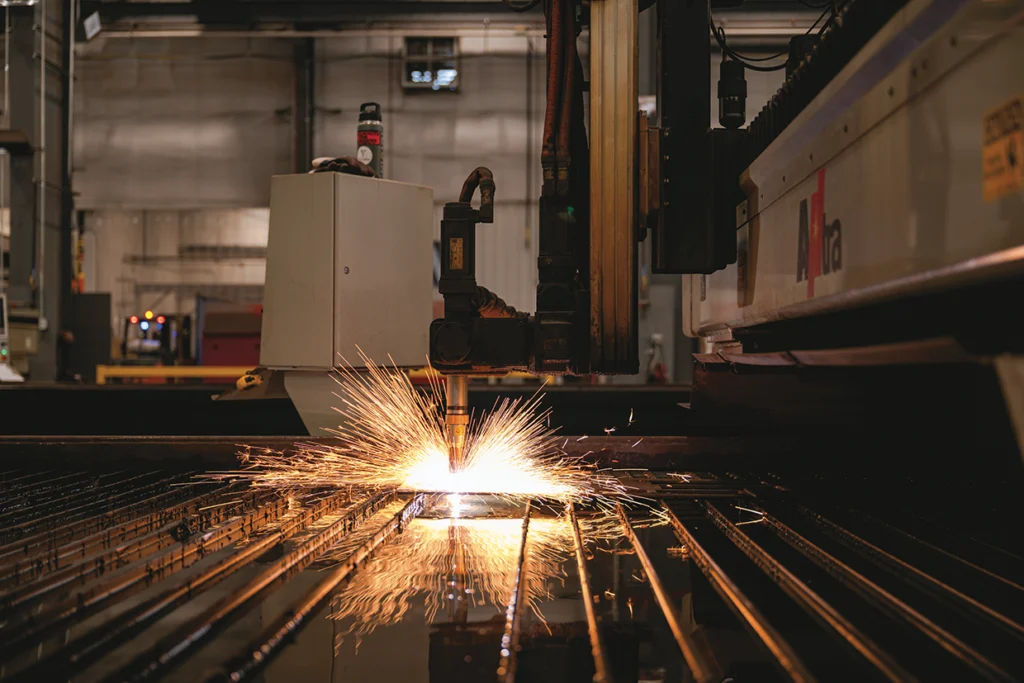
Delta Star expects a wave of new demand for its transformers that it builds in Lynchburg, Va., over the next seven to 10 years. Photos courtesy of Delta Star
Unlikely Partners
When Thomas was hired at Delta Star as a machinist 14 years ago, he had a pretty low opinion of unions.
This was Thomas’ first job as a machinist after graduating from Central Virginia Community College, and what he knew, or at least thought he knew, was that the union and the company were antagonists.
“People on the line said the company and the union just butt heads. There is corruption. Now I know that is typical anti-union banter, but I believed it,” Thomas said.
He worked under the IBEW-negotiated contract for more than a decade, but he never joined, never paid dues.
“I never used the union except reaping the benefits of the contract,” he said.
When Pearson joined Delta Star about three years ago, he came from another unionized Southern manufacturer. The reality there, Pearson said, was a lot like the imaginary place some of the old-timers were describing to Thomas.
“You could feel it. Workers on the line did not interact with you. They were not happy to see you. All I heard was ‘us’ and ‘them,’” Pearson said. “I just had the understanding that’s how things work.”
Then about three years ago, Pearson joined Delta Star and Thomas joined the IBEW.
They began to see that a union-management relationship could build a culture of respect, incentives and mutual success in 21st-century North American manufacturing.

Coming Together
Thomas said his suspicion was fed by simply not knowing. When he was hired, the business manager did not get time to explain to new hires what the union is, what it does, how it works, even how to join. Now it’s in the contract.
“It was said we are union, but no one explained how. I had to learn how to join by osmosis,” he said.
There have been internal organizing campaigns over the years, and people specifically asked Thomas to join. But he resisted.
Then, as often happens, he had a disagreement with the existing union leadership about the direction of contract negotiations, and he was presented with a choice: Continue to side with the whiners on the outside or join and help shape the union that was his all along.
As soon as he joined, he was made vice president. This summer, after the previous business manager stepped down, Thomas ran for the seat and won.
The view from the inside was vastly different than he expected.
“We have biweekly meetings with the company where we can talk about anything internal we want to talk about and anything they want us to bring to their attention. I can call HR at any time. They call me anytime,” he said.
Pearson actually started working at Delta Star before he found out that the workforce was organized.
“When I walked the shop during the interview, I saw the guys interacting and smiling. People were asking things like, ‘How’s your son?’” he said. “When they told me we were union, I said, ‘Are you serious? Really?’”
It was the opposite of his last job.
“That is one of the keys: We recognize each other as human beings before you even get to the CBA,” Pearson said.
Pearson said that while he hoped people would be honest and clear with management about any issues they had, he understood that having grievance procedures and workplace protections could lead to more frank conversations on the factory floor.
“I would like to think that the relationship with my people is that we are open, regardless. I would be disappointed if they felt that they couldn’t com to me,” he said. “It’s true that relationships are about mutual accountability. When you can be that open, it helps.”
The fruit of that relationship is the contract Thomas and Fourth District International Representative Virgil Hamilton negotiated for the new division. Critical to the Delta Star model, Pearson said, is that workers should be rewarded every time a transformer goes out the door. But different workers play different roles in that victory. The company wanted to create different incentives for the ironworks employees. They also wanted to create a new job classification for welders who had not passed a certification test yet.
Hamilton has enough experience to know that many companies have introduced lower classifications for seemingly good reasons but have later used them as a wedge between older workers and new hires, assigning new workers to the lower classifications for any reason until the old classification is really just an empty room.
Thomas and Hamilton agreed to the new vertical, they said, for three reasons. First, Delta Star needed to expand from 120 welders to 160 by New Year’s, and few of the people coming through were passing the test.
Second, they had been working with management to find other solutions for months without success. Again, Hamilton said, it isn’t perfect, but when union members had ideas, even criticisms of management methods and decisions, they were listened to.
“They want the flip side. They want to know when we have an opinion on how we can do better, what are we doing poorly,” he said. “That in itself removes ‘us-versus-them’ and gets it into ‘we.’”
Finally, Delta Star had a track record that when given a chance to use contract language to squeeze and divide workers, management did the opposite.
“The intention had to be seen in an environment beyond mistrust,” Pearson said.
Pearson described the CBA as “a little loose” and focused on incentives. Hamilton said those regular labor-management meetings maintain the balance between fairness and flexibility.
“That’s the big story. We look for ways to give workers ownership because when they feel like they are responsible and rewarded, they will work hard,” Hamilton said. “They feel the partnership is a win-win if we hear each other and build the relationship, and we feel like it’s a win if more transformers mean bigger pay raises.”
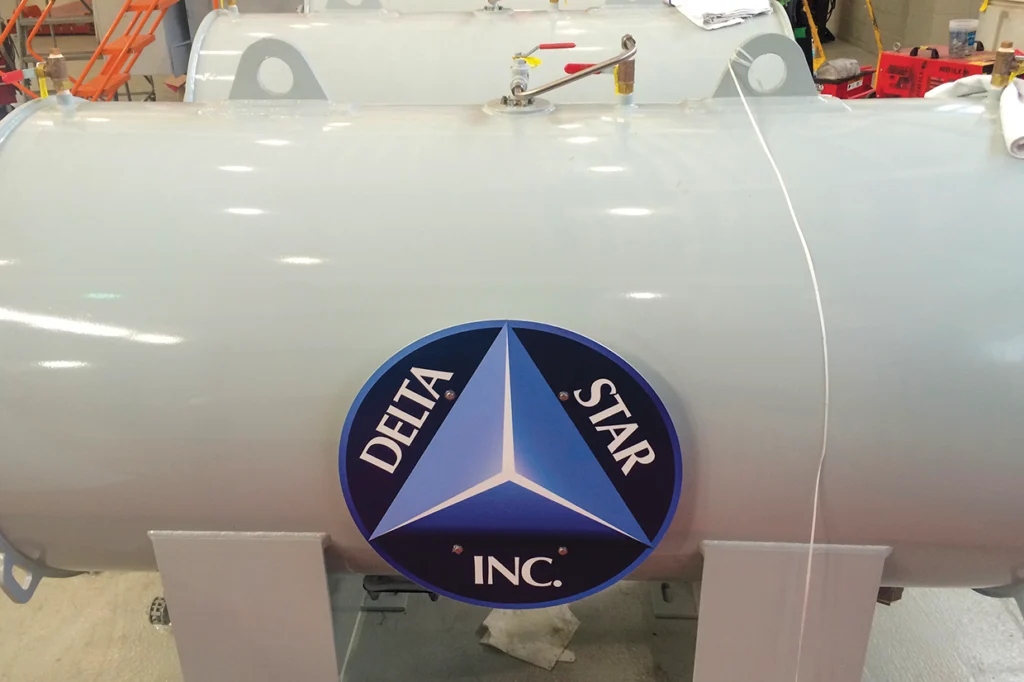
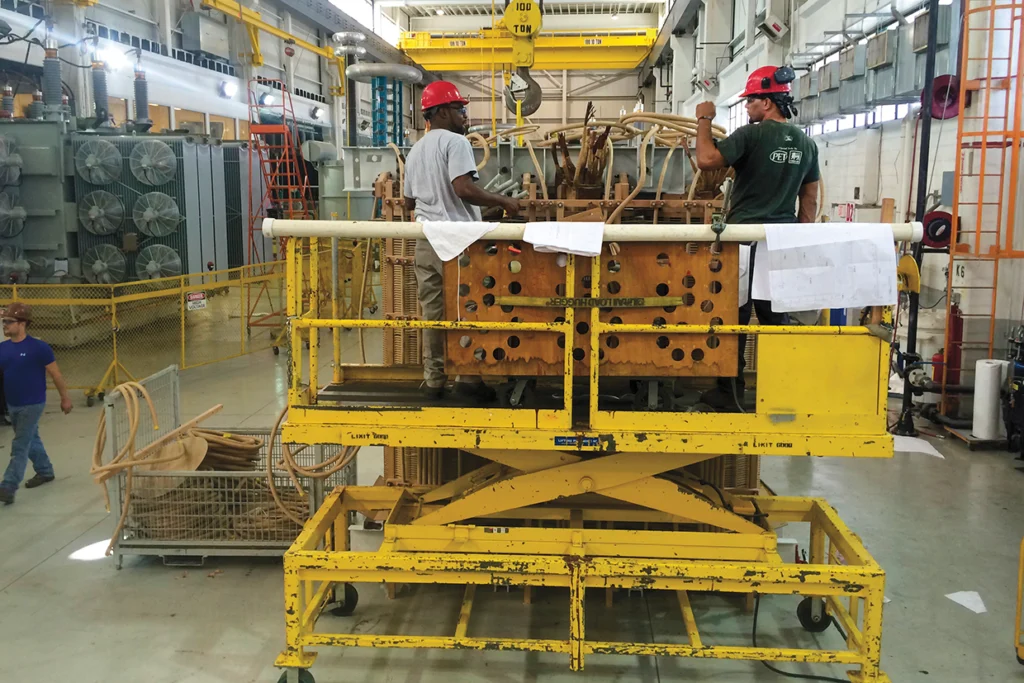
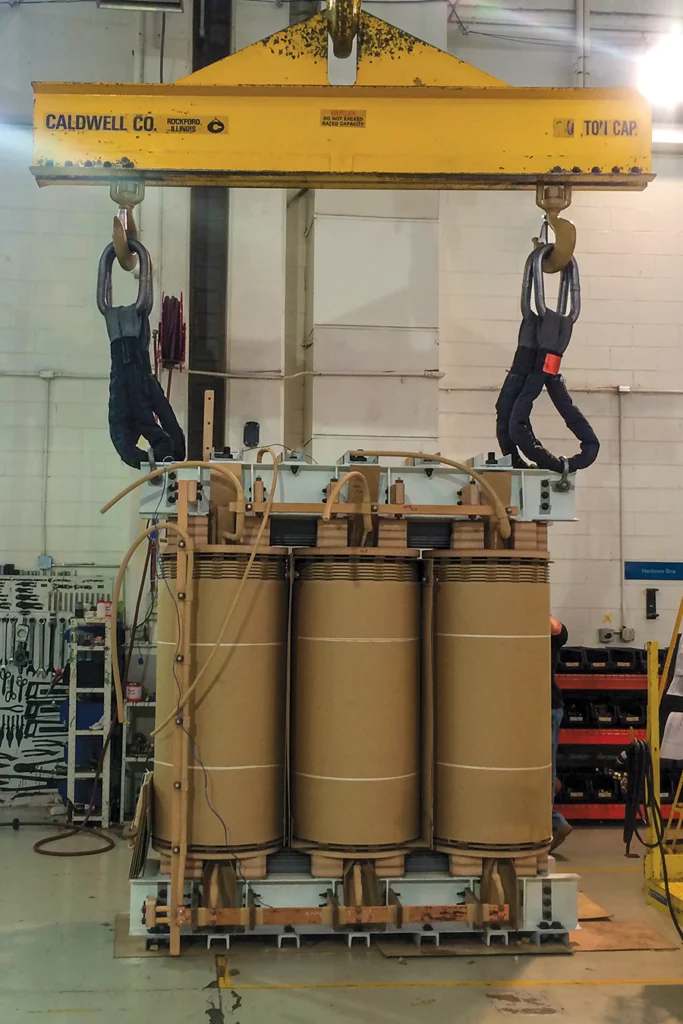
An Old-Fashioned Idea
There is something almost old-fashioned about the arrangement at Delta Star.
Pearson said he had worked at other companies where the desperation to hit numbers each month created a hamster wheel of pressure. Long-term investments in relationships with workers and suppliers always ended up sacrificed for this month’s numbers.
“At some point, if you run to the half of a penny, you will die. We don’t want to die. We want to grow, and we see that we succeed when we are rewarded together,” he said.
The numbers bear out just how out-of-fashion the idea is that companies do best when their workers do better.
In the decades after World War II, working men and women were recognized as the soldiers and factory workers who won the war. A web of laws, taxes on the rich, regulations, union power and cultural norms led to an unprecedented period of profits, labor peace and rising incomes.
The postwar deal was shattered in the 1980s. The predictable pendulum between wages and corporate profits began to swing more erratically, but always the tilt was toward people who own things for a living and away from people who work for a living.
Since 2009, the pendulum has gotten stuck. Corporate profits grew faster as a portion of the total economy than at any time since 1954. Wages, meanwhile, make up the smallest share of the economy since the Great Depression.
The deal that made America strong is dead for every working-class American not in a union, and it’s under threat even for those who are. But as the labor-management agreement at Delta Star shows, it doesn’t have to be that way.
Hamilton has been a member of the IBEW, a business manager and the IBEW’s director of inside construction organizing in 35 years in the union.
He has no illusions that the relationship with Delta Star is perfect, but the company seems to want to listen, and workers have the protections they need to actually speak up. They are stronger together than they would be at one another’s throats, and when it comes time to divide the benefits of their shared success, the workers see the value of their contribution.
“Some corporations have a low opinion of their workers. Some have the opposite,” Hamilton said. “Companies like Delta Star are showing that you don’t have to be a brutal employer to be successful.”
